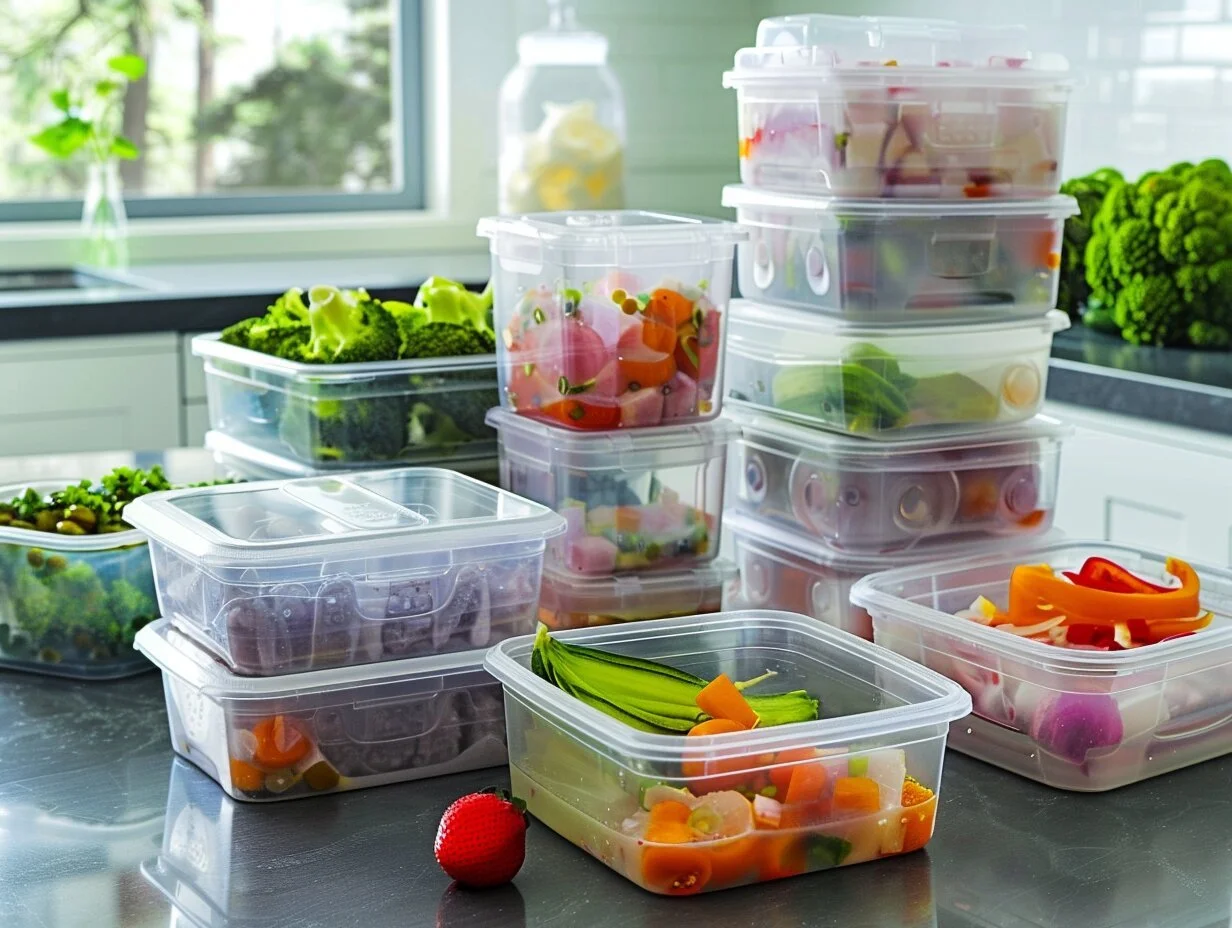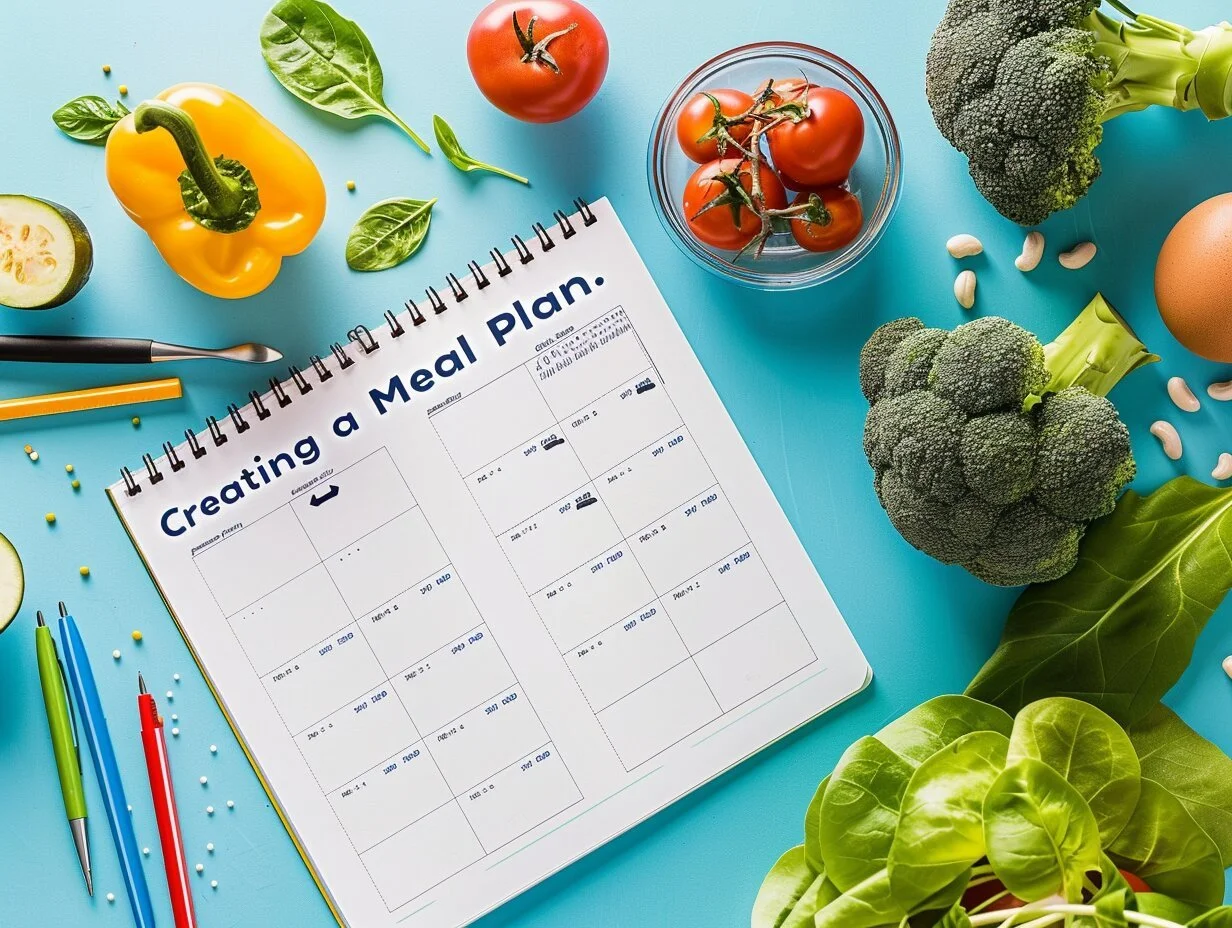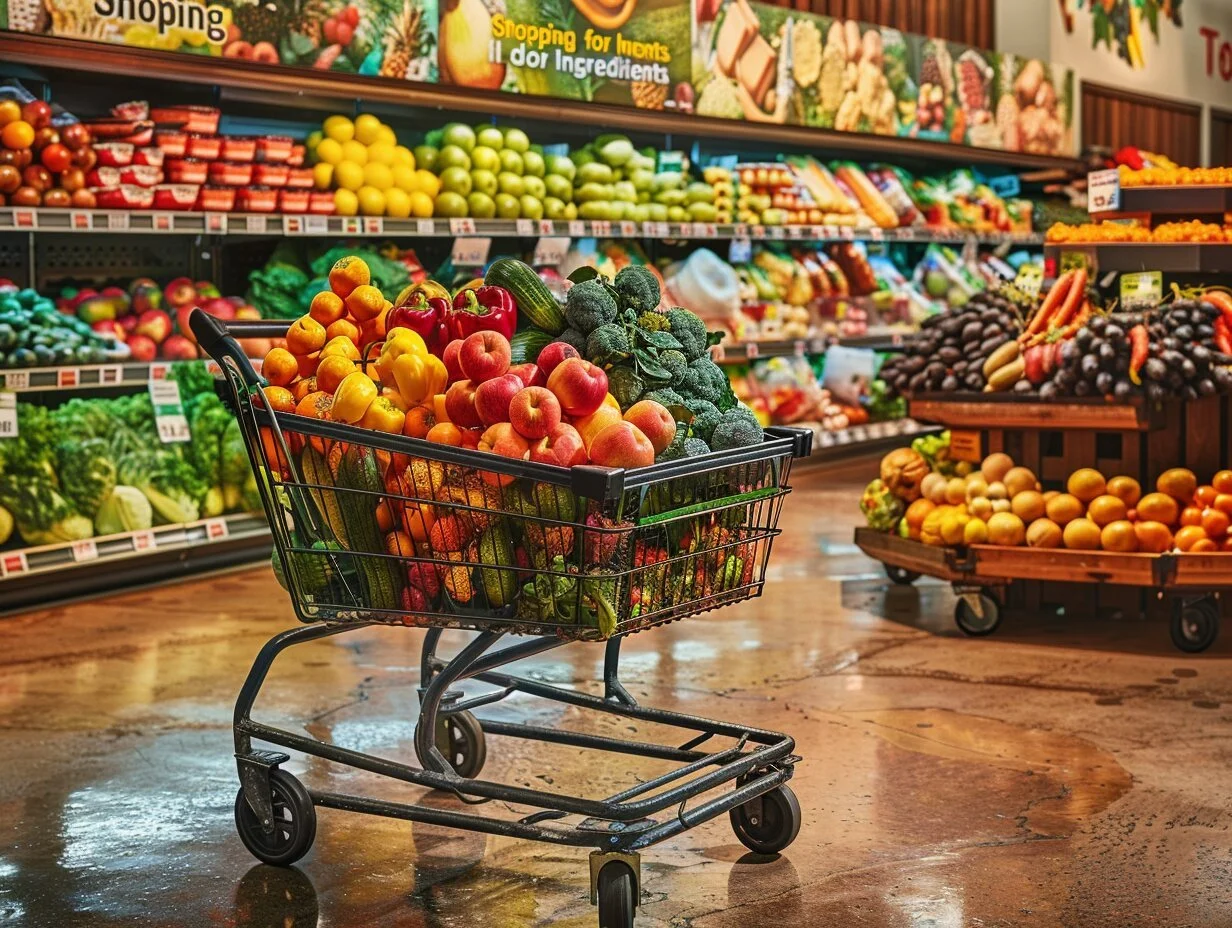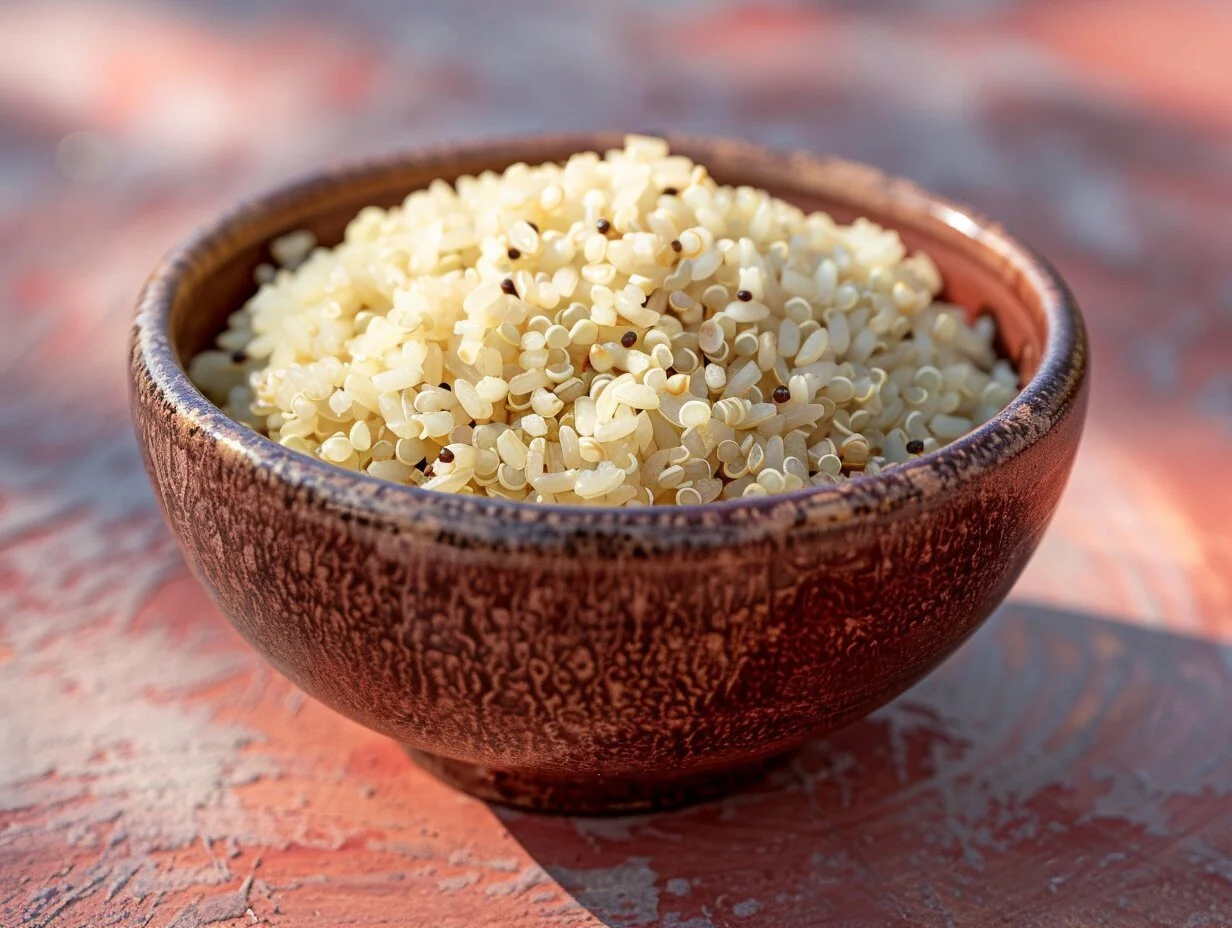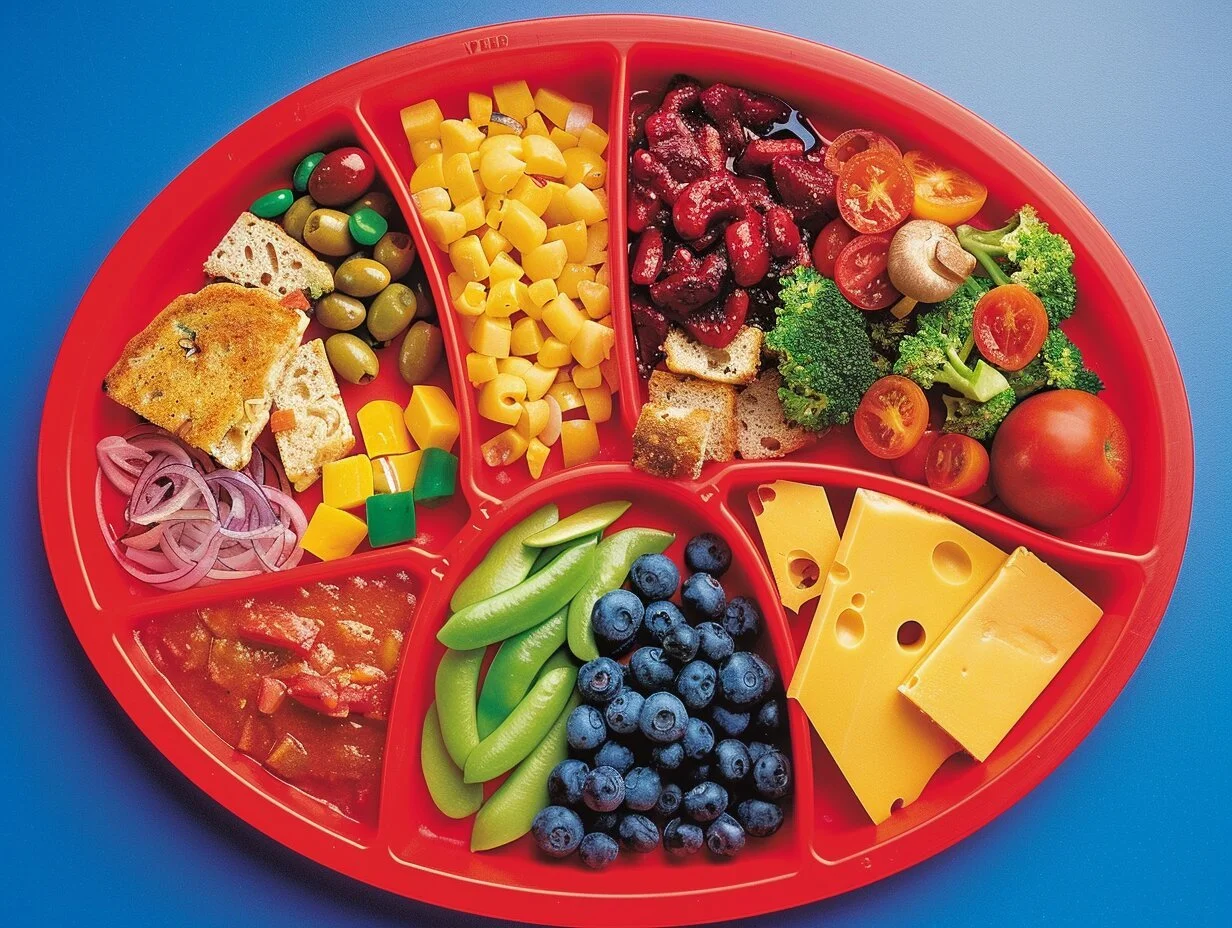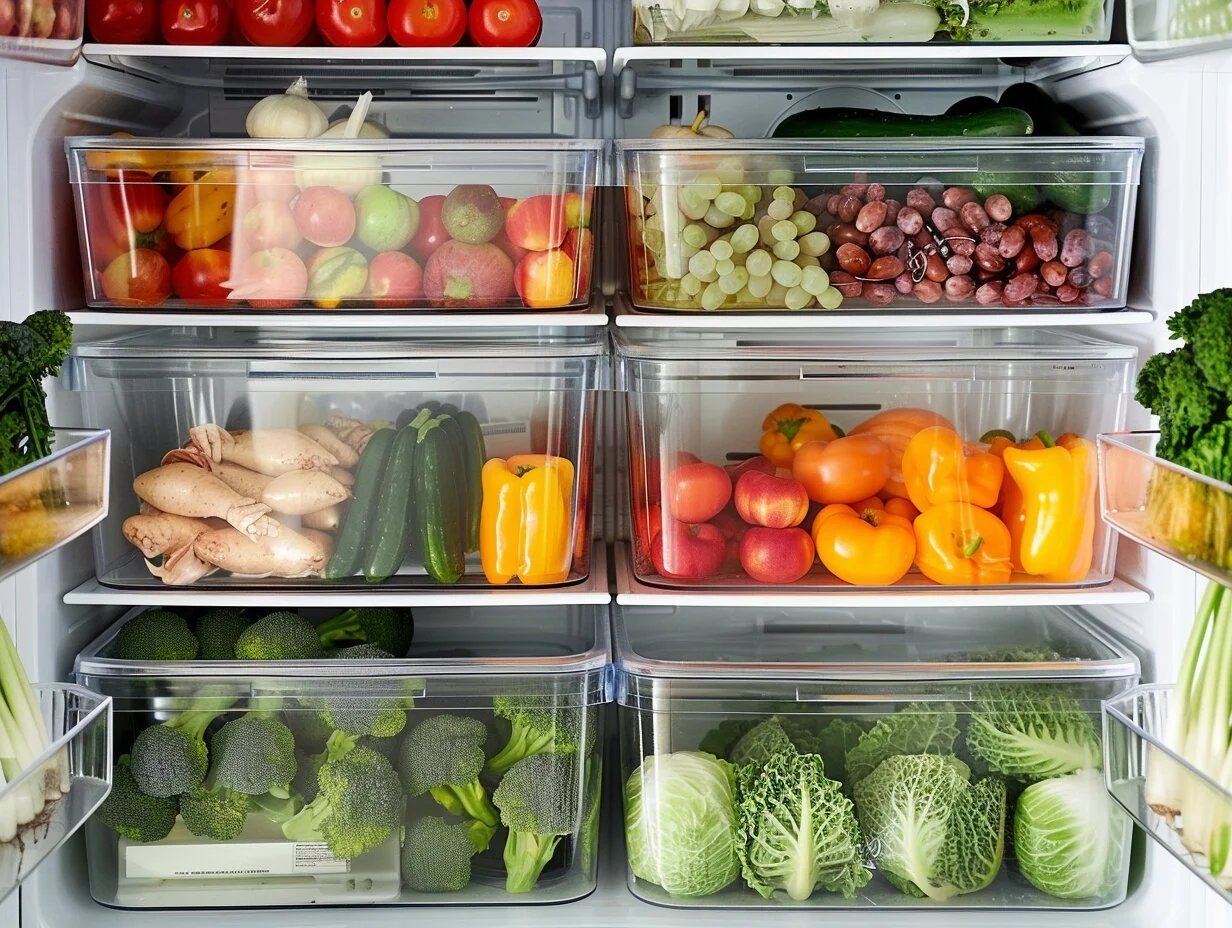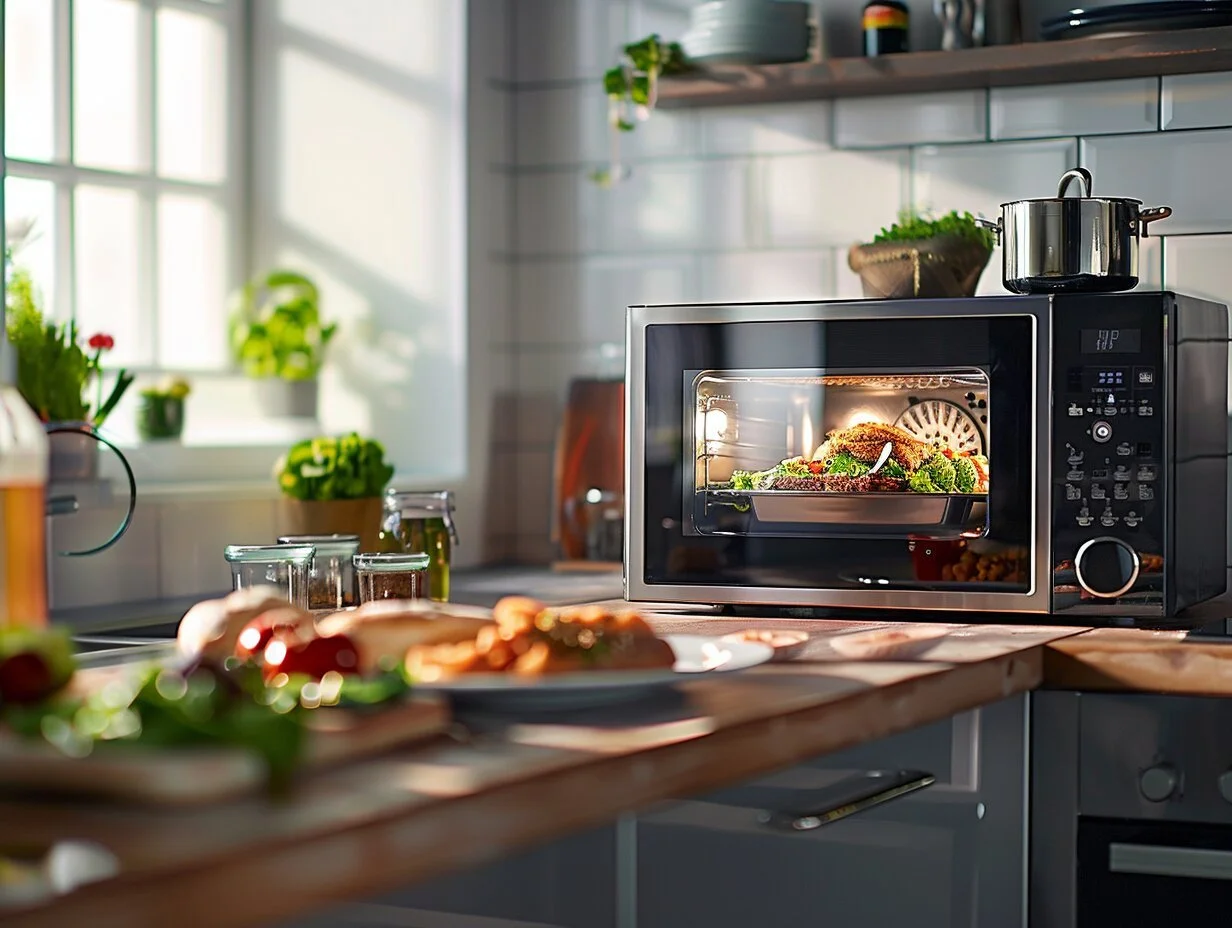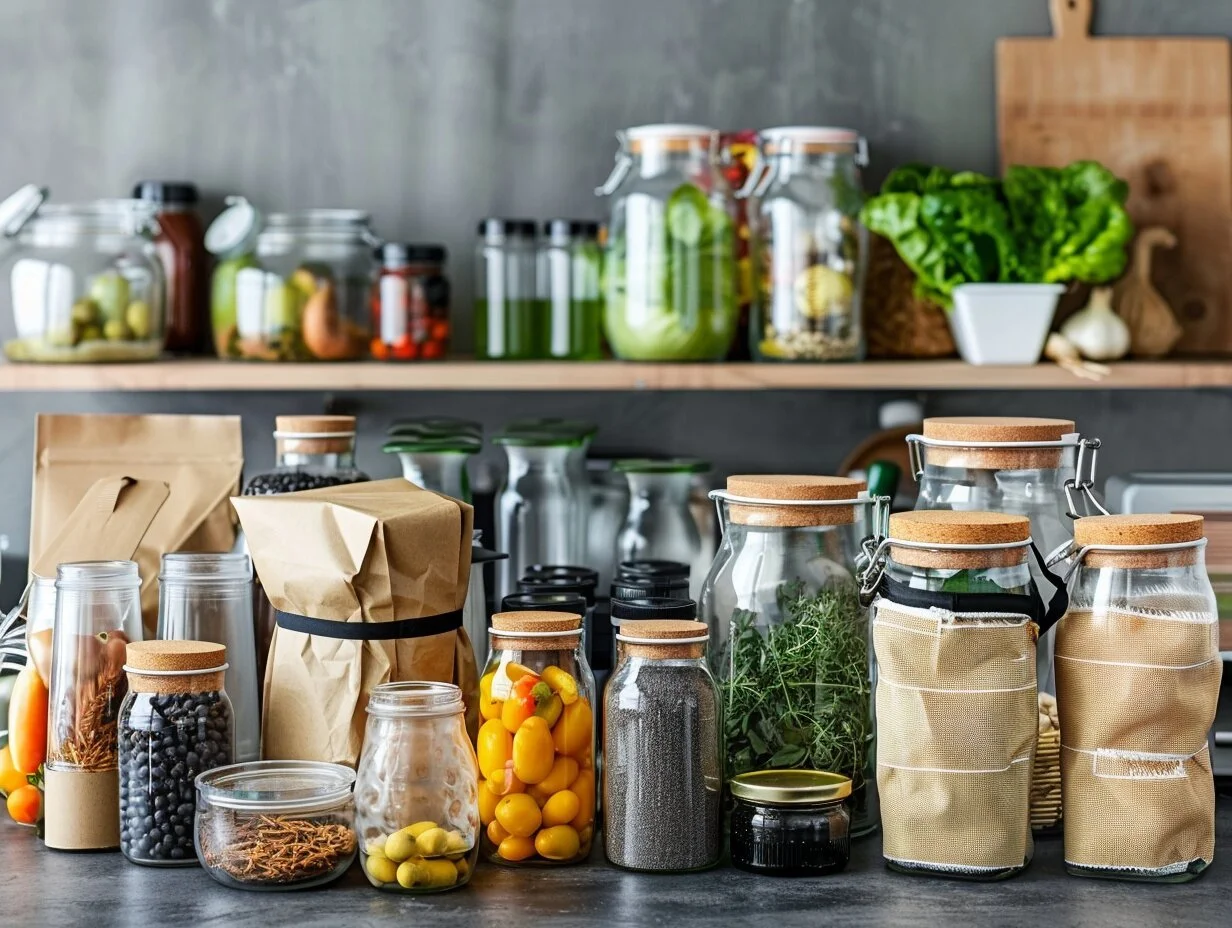Meal Preparation: How to Plan, Prep, and Store Meals for the Week
Meal prepping has taken the culinary world by storm, offering a seamless way to ensure you have healthy, home-cooked meals ready throughout the week. But what exactly is meal prepping? Simply put, it's the process of planning, preparing, and storing meals in advance. This guide will walk you through everything you need to know to become a meal prep pro, from planning your meals to safely storing them.
What is Meal Prepping?
Meal prepping involves preparing meals or meal components ahead of time. Whether it's chopping vegetables, cooking grains and proteins, or fully assembling meals, meal prepping can save you time and stress during your busy week.
Benefits of Meal Prepping
Meal prepping comes with a myriad of benefits, including:
Time Saving: Spend less time cooking during the week.
Healthier Choices: Ensure balanced meals with appropriate portions.
Cost-Effective: Reduce the temptation of expensive takeout.
Reduced Stress: Eliminate daily decision-making about what to eat.
Getting Started with Meal Prepping
Assess Your Goals and Preferences
Before diving into meal prepping, consider your dietary goals and food preferences. Are you looking to lose weight, gain muscle, or simply eat healthier? Do you have any dietary restrictions or allergies? Answering these questions will guide your meal prep strategy.
Gather Your Tools and Containers
Invest in high-quality containers that are microwave-safe, freezer-friendly, and leak-proof. Having the right tools, such as a good set of knives, a cutting board, and storage bags, will make the prep process smoother.
Planning Your Meals
Creating a Meal Plan
Start by planning your meals for the week. Write down what you plan to eat for breakfast, lunch, dinner, and snacks each day. This will help you stay organized and ensure you have all the ingredients you need.
Balancing Nutrients
Make sure your meals are balanced with a good mix of protein, carbohydrates, and healthy fats. Include a variety of vegetables to get a wide range of nutrients.
Considering Dietary Restrictions
If you have dietary restrictions, such as gluten-free or vegan, make sure to plan meals that accommodate your needs. There are plenty of resources and recipes available to help you stay compliant with your dietary requirements.
Shopping for Ingredients
Making a Grocery List
Once your meal plan is set, create a detailed grocery list. Group items by category (e.g., produce, dairy, meat) to make your shopping trip more efficient.
Tips for Budget-Friendly Shopping
Shop sales, buy in bulk, and choose seasonal produce to save money. Don't be afraid to use store brands, which are often just as good as name brands but more affordable.
Preparing Your Ingredients
Washing and Chopping Vegetables
Wash all your produce thoroughly and chop vegetables according to your recipes. Store them in airtight containers to keep them fresh.
Cooking Grains and Proteins in Bulk
Cooking grains like rice, quinoa, and pasta in bulk can save you time during the week. Similarly, prepare proteins such as chicken, beef, or tofu ahead of time and portion them out for each meal.
Assembling Your Meals
Combining Ingredients for Balanced Meals
Assemble your meals by combining your prepped ingredients. For example, pair a protein with a grain and some vegetables for a balanced meal.
Portion Control and Serving Sizes
Use portion control to avoid overeating. Measuring your servings can help you stay on track with your dietary goals.
Storing Your Meals
Choosing the Right Containers
Select containers that suit your needs—some for individual meals, others for bulk ingredients. Make sure they are suitable for both the fridge and freezer.
Labeling and Organizing in the Fridge
Label your containers with the meal name and date to keep track of freshness. Organize your fridge so that older items are in front and newer items are in the back.
Food Safety Tips
Proper Refrigeration and Freezing
Keep your fridge at the right temperature (below 40°F) to ensure food safety. Freeze meals that you won't eat within a few days to prolong their shelf life.
Avoiding Cross-Contamination
Use separate cutting boards and utensils for raw meat and vegetables to prevent cross-contamination. Wash your hands frequently during meal prep.
Reheating and Enjoying Your Meals
Best Practices for Reheating
Reheat meals thoroughly to ensure they are safe to eat. Use the microwave, oven, or stovetop, depending on the meal.
Adding Fresh Elements to Prepped Meals
Enhance your prepped meals with fresh elements like herbs, avocados, or a squeeze of lemon juice to keep them tasting fresh and vibrant.
Sustainable Meal Prepping
Reducing Food Waste
Plan your meals carefully to minimize food waste. Use leftovers creatively and compost scraps when possible.
Using Eco-Friendly Containers
Opt for reusable containers made of glass or BPA-free plastic. This is better for the environment and can save you money in the long run.
Start Planning Your Meals Now!
Meal prepping is a fantastic way to save time, eat healthier, and reduce stress. By planning, preparing, and storing your meals efficiently, you can enjoy the benefits of home-cooked meals without the daily hassle. Start small, find what works best for you, and soon you'll wonder how you ever lived without meal prepping!
FAQs
How long can prepped meals last in the fridge? Prepped meals can typically last in the fridge for up to 4-5 days. Make sure to store them in airtight containers and keep your fridge at the right temperature.
Can I freeze all types of meals? Most meals can be frozen, but some ingredients, like certain vegetables, may change texture when thawed. Soups, stews, and casseroles generally freeze well.
How do I prevent my prepped meals from getting soggy? Keep dressings and sauces separate until you're ready to eat. Use paper towels to absorb excess moisture from vegetables and store them properly.
What are some easy meal prep recipes for beginners? Start with simple recipes like overnight oats, salads, sheet pan meals, and grain bowls. These are easy to prepare and versatile.
How can I make meal prepping more fun? Involve friends or family in the prep process, play your favorite music or podcast, and experiment with new recipes and ingredients to keep things exciting.



